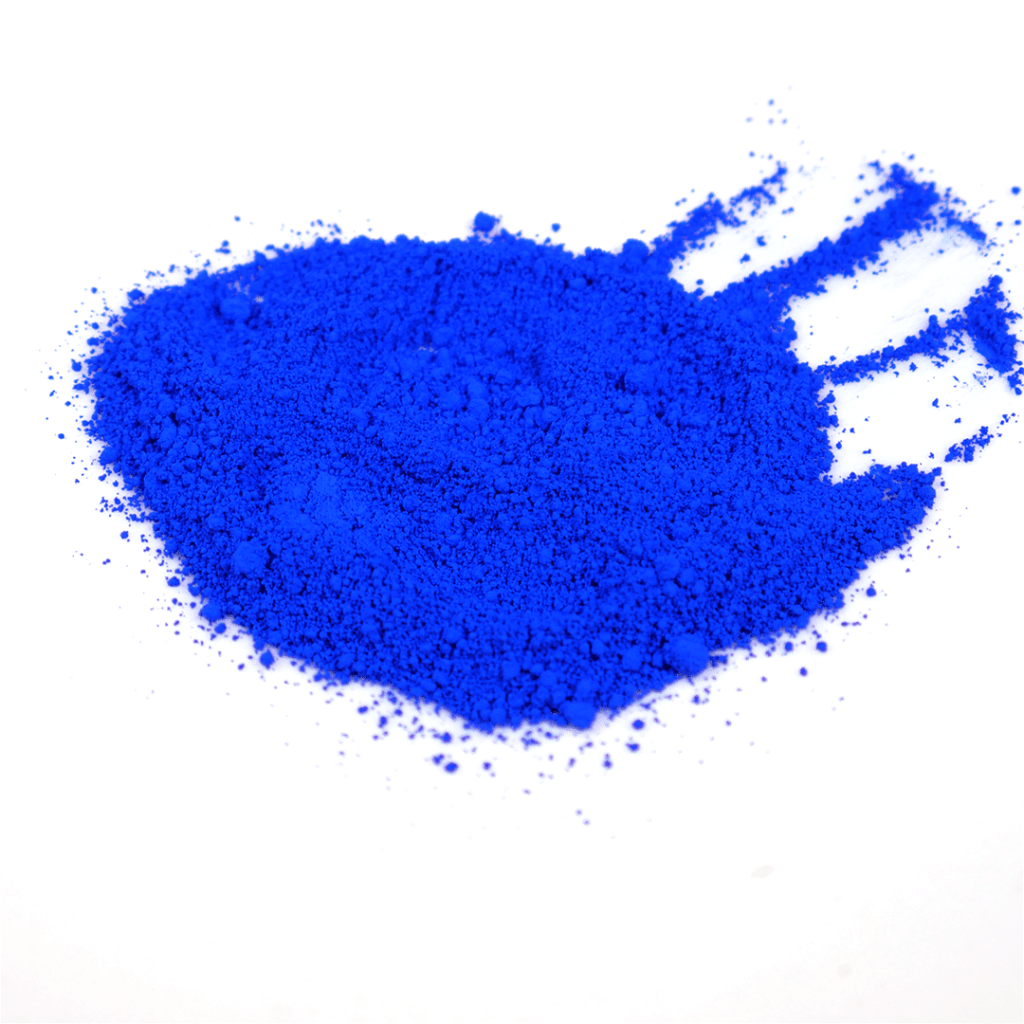Semi-permanent makeup, also known as micro-pigmentation, is a cosmetic tattooing technique used to enhance the face’s natural features. The procedure involves using pigments deposited into the skin’s dermal layer to create a subtle and long-lasting effect. Various types of stains are used in semi-permanent makeup, each with its unique properties and suitability for different skin tones and application areas. This article will discuss the most common types of pigments used in semi-permanent makeup and their properties.
Pigments In Semi-Permanent Makeup
Semi-permanent makeup is a cosmetic tattooing technique that uses pigments to enhance the face’s natural features. The dyes used in semi-permanent makeup are specially formulated to be safe and long-lasting. Some commonly used stains include iron oxides, titanium dioxide, manganese violet, and ultramarine blue. Each pigment has its unique benefits and potential risks, and it’s essential to consider factors such as skin tone, skin type, allergies, and lifestyle when choosing the suitable pigment for a particular individual. Overall, using safe and appropriate dyes is critical for ensuring the best results and minimizing any potential side effects in semi-permanent makeup procedures.
Iron Oxides
Iron oxides are a type of pigment commonly used in semi-permanent makeup. They are known for their natural and long-lasting color and their safety for use on the skin. Iron oxides come in various colors, including red, yellow, and brown, making them versatile for different skin tones and makeup looks. They are also stable, non-toxic, and do not cause skin irritation or allergies, making them a popular choice for semi-permanent makeup.
Titanium Dioxide
Titanium dioxide is a white pigment commonly used in semi-permanent makeup. It is known for its safety and provides a bright, opaque finish. When used in semi-permanent makeup, titanium dioxide helps to create a natural-looking shade that lasts for a long time. It is also resistant to fading and water, making it a popular choice for cosmetic applications. However, some studies have raised concerns about the potential health effects of inhaling titanium dioxide, particularly for those who work in industries where it is frequently used. Overall, titanium dioxide is considered safe for semi-permanent makeup when used in small quantities and adequately applied.
Manganese Violet

Manganese Violet is a type of pigment used in semi-permanent makeup. It is a deep purple color that can create a range of hues, including shades of blue and purple. This pigment is known for its intense color and ability to provide long-lasting results. It is also considered a safe option for semi-permanent makeup, as it is non-toxic and does not cause skin irritation. However, as with any cosmetic ingredient, it is essential to test for allergies before using Manganese Violet in a semi-permanent makeup procedure. Additionally, it is necessary only to use pigments approved for cosmetic use, as some industrial-grade stains may contain harmful impurities.
Ultramarine Blue
Ultramarine Blue is a pigment commonly used in semi-permanent makeup for creating subtle to bold eyeliner and brow effects. It has a rich blue color ranging from soft powder blue to deep navy blue. One of the benefits of using ultramarine blue pigment is its stability and longevity, which allows it to maintain its vibrant color over time. Additionally, it is considered safe for use on the skin and is generally well-tolerated. However, it’s essential to do a patch test before using any new pigment and to choose a reputable and professional practitioner who uses high-quality pigments and follows strict hygiene practices.

Carbon Black Pigments
Carbon Black Pigments are a type of pigment commonly used in semi-permanent makeup. They are made from carbon particles that have been processed to produce a fine powder, which is then mixed with other ingredients to create a pigment. Carbon Black Pigments are known for their intense black color and ability to provide muscular definition to eyebrows, eyeliners, and other cosmetic applications. They are also highly stable and long-lasting, making them an ideal choice for semi-permanent makeup. However, choosing high-quality carbon black pigments is essential to ensure they are safe and effective for use in cosmetics.
Organic Pigments
Organic pigments are a type of pigment used in semi-permanent makeup. They are made from naturally occurring materials such as plant extracts, animal by-products, and minerals. Organic pigments are known for their bright, vibrant colors and ability to blend well with the skin. However, they are also more likely to cause allergic reactions in some individuals and may not be as stable as inorganic pigments. In choosing pigments for semi-permanent makeup, it is essential to consider the client’s skin type, skin tone, personal preferences, and health concerns.
Inorganic Pigments
Inorganic pigments are commonly used in semi-permanent makeup for their durability and stability. They are mineral-based and do not contain any organic compounds, which makes them resistant to fading and discoloration over time. Unlike organic pigments, they do not break down easily and are considered safe for use on the skin. Inorganic pigments are often preferred for their bright, intense color that remains consistent over time. Some famous examples of inorganic pigments used in semi-permanent makeup include titanium dioxide and carbon black. However, it is essential to note that inorganic pigments can still cause allergic reactions in some individuals, so it is necessary to choose a stain suitable for the client’s skin type and tone.
Characteristics of Pigments
Pigments play a crucial role in Semi-Permanent Makeup as they determine the outcome of the cosmetic procedure. Different types of stains, including Iron Oxide, Titanium Dioxide, Carbon Black, Organic, and Inorganic pigments, can be used in Semi-Permanent Makeup. Several factors should be considered when choosing a tint, including skin type, skin tone, personal preference, potential allergic reactions, and client health concerns. The quality, color, pigment load, stability, and brightness of the pigment are also crucial considerations in selecting the suitable stain for a specific Semi-Permanent Makeup procedure.
Skin Type
Skin type is an important consideration when choosing pigments for semi-permanent makeup. Different skin types may react differently to certain stains, and color intensity may appear differently on different skin tones. Dyes that are safe for one skin type may not be safe for another, so it is crucial to consider the individual’s skin type before selecting a pigment. Those with sensitive skin may have a higher risk of experiencing an allergic reaction, so it is essential to choose a hypoallergenic and gentle stain for their skin type. By considering skin type, practitioners can ensure that their clients receive the best and most relevant results for their needs.
Skin Tone

Skin tone refers to a person’s skin’s natural color or hue. When choosing pigments for semi-permanent makeup, it is essential to consider as different skin tones will react differently to other stains. Iron oxide pigments are generally considered safe for all skin tones, while titanium dioxide pigments may not be suitable for dark skin tones. Organic and inorganic pigments also come in shades and should be selected based on the client’s skin tone. It is essential to choose a suitable stain to ensure that the semi-permanent makeup results look natural and blend seamlessly with the client’s skin tone.
Personal Preference
Personal preference is another important consideration when choosing pigments for semi-permanent makeup. Clients may have different desires and expectations for their semi-permanent makeup, such as a bold or natural look, specific color, or shade. The practitioner must listen to the client’s preferences and guide them in choosing the suitable pigment that fits their desired outcome. This includes considering the client’s skin tone, hair color, eye color, and other factors that can affect the final result. By considering personal preference, practitioners can ensure that the client is happy with the outcome and that the semi-permanent makeup enhances their natural features.
Allergic Reactions
Allergic reactions are a common concern regarding semi-permanent makeup and pigments. Some clients may be sensitive to specific ingredients in the stains, which can cause redness, itching, swelling, or other allergic reactions. To minimize the risk of allergic reactions, choosing high-quality pigments free of harmful chemicals and made with safe ingredients is crucial. Before the semi-permanent makeup procedure, a patch test should be done to assess the client’s sensitivity to the pigments. It is also essential to choose a reputable professional who is knowledgeable about stains and skin allergies to ensure the safety and comfort of the client during the semi-permanent makeup procedure.
Client Health Concerns
Client health concerns are essential when selecting pigments for semi-permanent makeup. Certain dyes may contain allergens or irritants that can cause adverse reactions in some clients. For example, some organic pigments contain heavy metals that can be toxic if not properly processed or stored. It is crucial to choose stains that are safe and free from harmful ingredients to avoid potential health risks to the client. Before starting the semi-permanent makeup process, it is essential to assess the client’s health history, allergies, and sensitivities to ensure that the chosen pigment will not cause any adverse reactions.
The choice of pigments used in semi-permanent makeup is crucial to the outcome and long-term results. It is essential to choose a high-quality pigment that has been tested for safety, stability, and durability. The dye used can affect the color and longevity of the semi-permanent makeup. Various types of pigments are used in semi-permanent makeup, each with its unique properties and benefits. If you are considering getting semi-permanent makeup, it is advisable to choose a reputable and experienced practitioner who uses high-quality pigments. If you have any questions or want to schedule an appointment, call us today or visit our website for more information.
